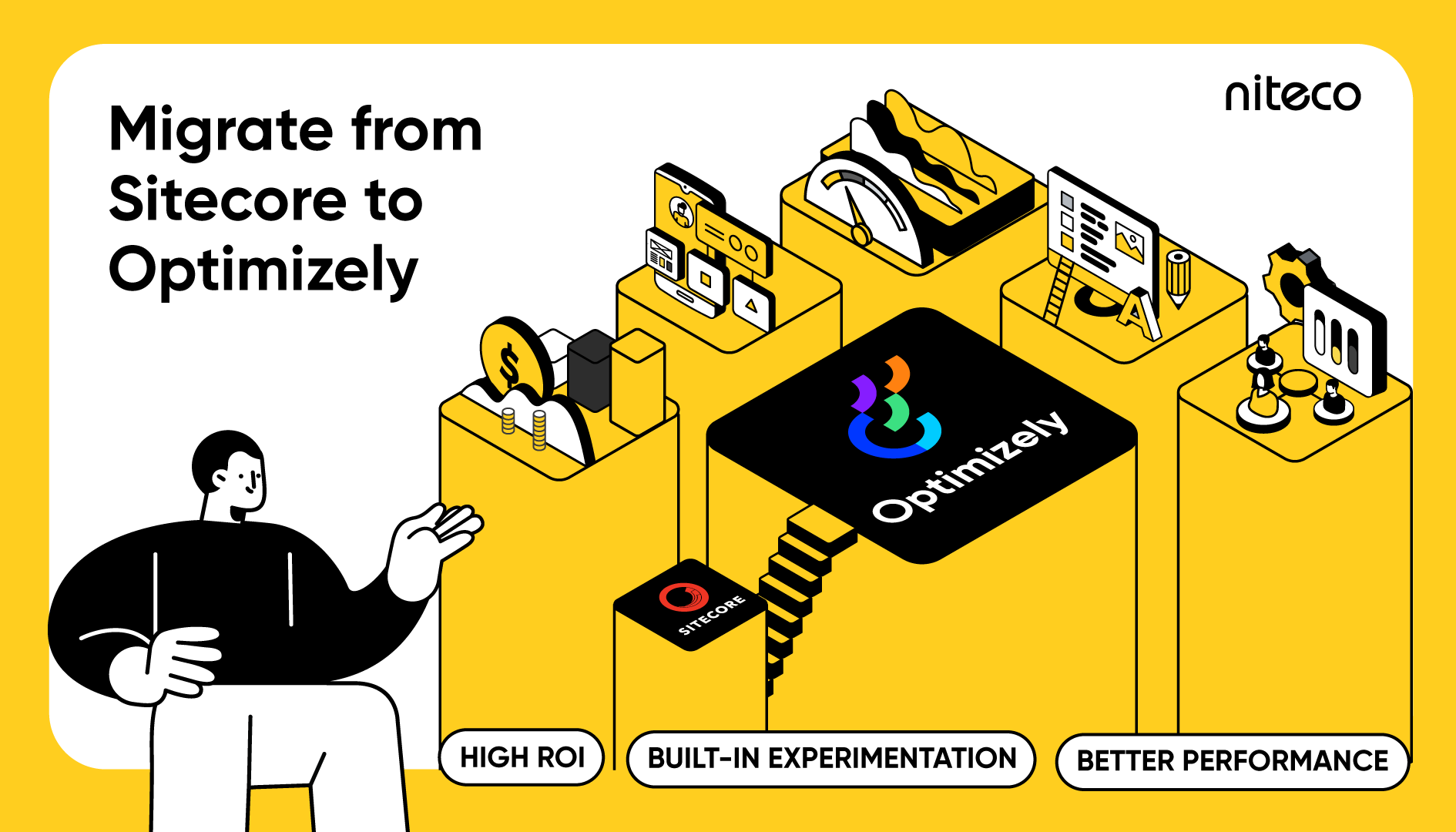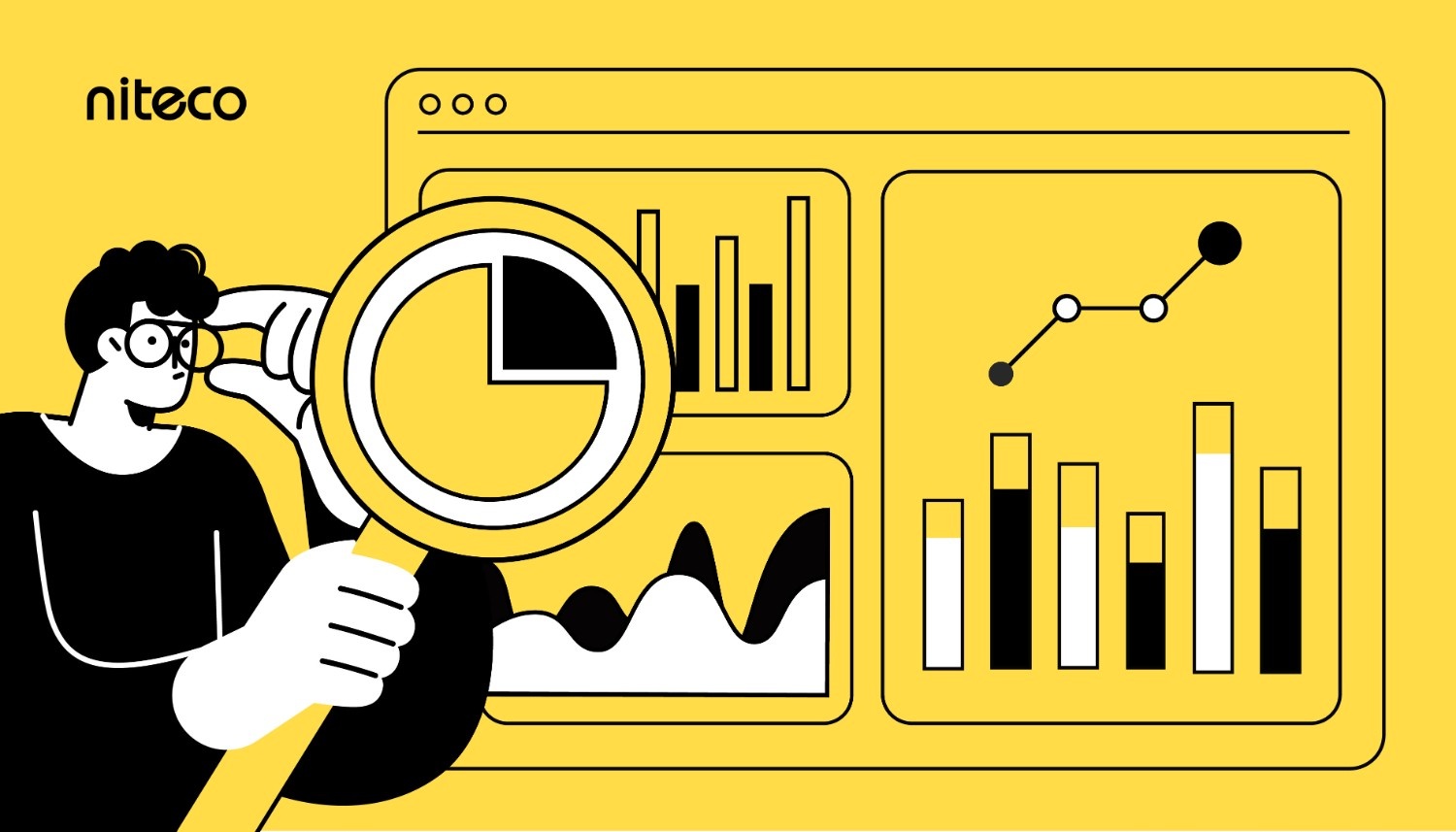With global email users projected to reach 4.73 billion by 2026 (Statista) and an impressive ROI of $36 for every $1 spent (Hubspot), email remains essential for your business despite the rise of mobile messengers and chat apps. Email allows your business to enhance direct communication with customers and drive engagement.
Utilizing data-driven insights can significantly boost your email campaigns by optimizing key metrics and personalizing content. This approach leads to improved customer experiences, higher engagement rates, and better overall campaign performance. In this article, you'll discover how to harness your email marketing with a data-driven approach. Read on!
What is data-driven email marketing?
Data-driven email marketing is an approach that uses analytics and data to guide your email strategies, replacing guesswork and assumptions. By leveraging data, you gain insights into user behaviour, preferences, and engagement trends, allowing you to craft more personalized messages. Also, it helps you streamline your workflow with advanced user segmentation and marketing automation.
This approach benefits both customers and your business: customers enjoy a tailored experience, while you see improved engagement, higher conversion rates, and greater marketing effectiveness.
A standard email strategy focuses on 3 key metrics: open rates, click-through rates (CTR), and conversion rates. Open rates indicate how many recipients open your emails, showing interest in your subject lines and timing. CTR measures how many recipients click on links within your emails, reflecting the relevance of your content. Conversion rates track how many recipients complete a desired action as a result of your emails, such as making a purchase, providing insights into your email campaign's success. These metrics represent a miniature version of the marketing funnel, from awareness to decision.

Benefits of data-driven insights in email marketing
Leveraging data-driven insights in email marketing offers several key benefits that can significantly enhance your campaigns:
Improve open rates and CTR: It is reported that segmented emails drive 30% more opens and 50% more click-throughs than unsegmented ones. That is just one of many ways in which you can tweak your sends to deliver better end results. By analyzing data to understand which subject lines, send times, and content formats work best, you can significantly increase the chances that recipients will open your emails and engage with the content. This, in turn, improves both open rates and click-through rates (CTR).
Optimize content performance and relevance: Analyzing engagement rates helps identify which types of content are most appealing to your audience. Based on this, you can create more personalized and relevant email messages, enhancing user experience.
Enhance campaign optimization and ROI: According to Influencer Marketing Hub, the ROI of email marketing is 14.1%, ranking third among the most popular marketing channels. Data-driven email marketing provides clear insights into what strategies are effective, allowing for precise adjustments that maximize campaign performance. This focus on effective strategies can significantly improve your ROI, ensuring that your marketing efforts are both cost-effective and impactful.
More effective workflows: Marketing automation workflows can boost sales team productivity by 14.5% and reduce marketing overhead costs by 12.2%. By automating email marketing tasks such as re-engagement and abandoned cart reminders, you save time and resources while still providing a personalized experience for your users.
Enhance user experience: A Statista study found that 64% of marketers view customer experience as one of the main advantages of personalization. Another study from McKinsey said that 71% of consumers expect companies to deliver personalized interactions. By delivering valuable content and offers that match subscriber interests, you can foster trust and loyalty with your audience.

Source: Influencer Marketing Hub
How to use data-driven insights to elevate your email marketing campaigns
To leverage the potential of data-driven email marketing, you will need a robust data infrastructure capable of gathering first-party data, integrating it, and transmitting it to various tools in your technological framework for immediate utilization.
Assuming you have an option in mind, let’s explore how to maximize the use of data to enhance your email campaigns.
If you haven’t chosen a platform yet, read the guide to sort out the most suitable automation platform your business will definitely need.
1. Identify key metrics of every email marketing campaign
To determine the success of your email marketing campaigns, it’s essential to understand what you aim to achieve, whether it's impressing your customers with a compelling subject line or encouraging potential purchases through engaging email content. Certain metrics can help you visualize the results for the most precise evaluation. As mentioned above, there are three key metrics for every email marketing campaign: open rates, CTR, and conversion rates.
Your emails can provide more insights beyond "successful deliveries" and "total recipients". It's also important to monitor unsubscribe rates, bounce rates, and spam reports.
- Unsubscribe rates: This metric indicates the percentage of recipients who opt out of your email list after receiving a send in a campaign. High unsubscribe rates can signal issues with email relevance or frequency.
- Bounce rates: This measures the percentage of emails that couldn’t be delivered to recipients' inboxes. Bounces can be either "hard" (permanent issues like an invalid email address) or "soft" (temporary issues like a full inbox).
- Spam reports: This indicates how many recipients marked your email as spam. High spam report rates can damage your sender reputation and affect future email deliverability.
By tracking these metrics, you can gain a comprehensive understanding of your email campaign's performance and identify areas for improvement.
2. Set benchmarks to evaluate the performance
Using benchmarks is an effective strategy in data-driven email marketing to monitor your email performance metrics over time. It's crucial to identify which metrics are significant for your campaign and measure them consistently to establish an average.
Understanding this average allows you to evaluate your email performance and make necessary improvements to exceed the benchmark.
3. Segment your audience for personalized experiences
Creating segments is an excellent way to group your customers and personalize the emails they receive, boosting engagement and other metrics. You can segment your target audience in any ways that might benefit your business, but there is a common but useful approach most businesses often start with: demographic, behavioral, psychographic, geographic, and firmographic segmentation.
- Demographic segmentation: Divides the audience by factors like gender, job, age, and income. An important note is that you should handle this data responsibly, especially under GDPR.
- Behavioral segmentation: Categorizes audiences based on website or app interactions, such as page visits and clicks.
- Psychographic segmentation: Segments based on personality traits and preferences.
- Geographic segmentation: Targets audiences based on their locations.
- Firmographic segmentation: Groups audiences based on their business’ industry, number of employees, company size, etc. This type is extremely beneficial to B2B businesses.
After segmenting, you should use this information in your email marketing strategy by sending relevant emails (such as updates to features they use) and tailoring the language to address their specific wants and needs.
Learn more about personalized marketing and how it can boost your business.
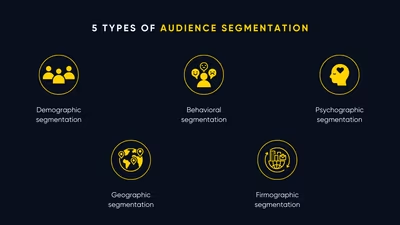
4. Optimize send times and automate campaigns
You have intriguing content for your emails, and now you need to decide on the optimal time to deliver that content to your audience's inboxes. Sending emails at the right time is crucial to increase open rates and encourage your audience to take action. You don’t want your emails to be buried under others because they were sent at random times, or maybe even in the middle of the night in your recipient's time zone.
You can consider utilizing audience segmentation data to send emails during "email checking hours", typically during working hours. in addition, strategically choosing key touchpoints in the customer journey, such as sending onboarding emails with helpful guides when a user first signs up, is not a bad idea.
Data-driven insights also enable you to send automated emails, which can help nurture potential leads and engage customers. You can set up automated email flows to be sent to recipients at specific stages of their journey. For instance, you can configure a welcome email to be sent automatically whenever a new subscriber joins your platform.
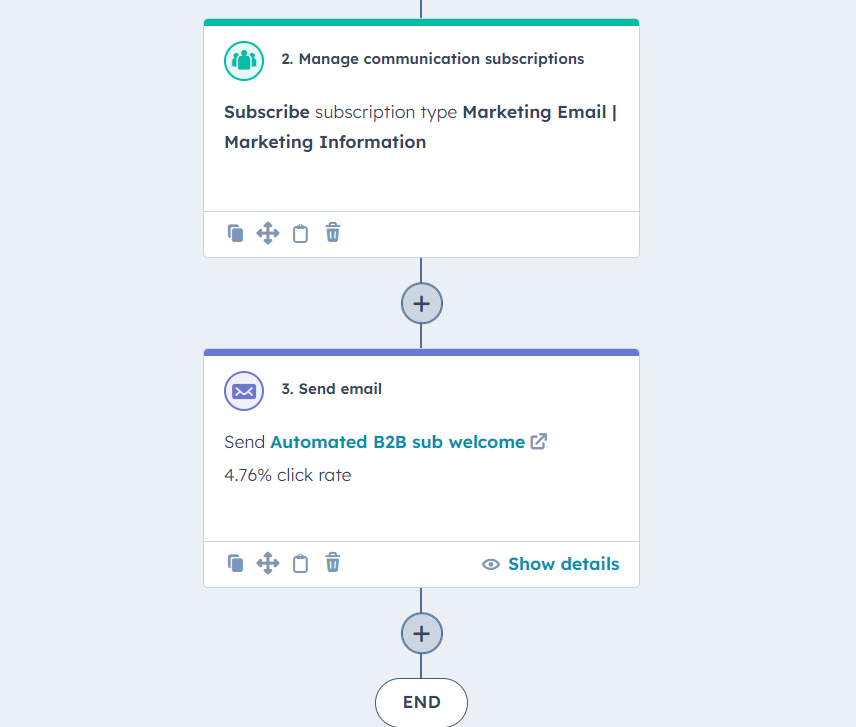
An example of an automated workflow set up on Hubspot for sending automated welcome emails to new subscribers.
Knowing the power of automations in email marketing, we successfully leveraged automated campaigns for Electrolux in APAC and MEA, including post-purchase follow-ups, newsletters, abandoned cart reminders, and more. Our efforts significantly boosted key EDM metrics across all brands and markets, including letting Electrolux's average open rate surge by 147% from 2020 to 2022.
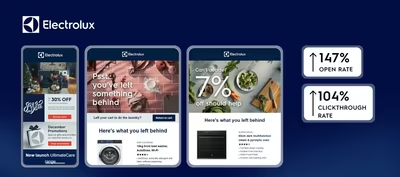
Want to take your email marketing to the next level? Contact us now!
5. A/B test different email marketing campaign elements
A/B testing is a powerful tool for optimizing email marketing campaigns. It involves creating 2 email variations and sending them to a subset of your list to see which performs better. For instance, you can test different subject lines if you want to increase your open rate, or calls-to-action or images if you want to work on your click rate. After sending, certain metrics like open rates or CTR can be affected and based on this, you can identify the more effective version aka winning version.
A/B testing helps you make data-driven decisions to improve campaign performance. By testing variables, you gain insights into subscriber preferences, leading to higher engagement and better results for your business.

An example of an A/B test run for one of Niteco’s monthly newsletters.
Conclusion
Data-driven insights are essential for successful email marketing. By concentrating on key metrics such as open rates, CTR, conversion rates, and more, you can gain a deeper understanding of your campaigns and optimize them effectively. Moreover, leveraging these insights allows you to enhance the customer experience through precise segmentation and optimal sending times.
Ready to empower your email marketing to improve customer relationships, and achieve better results for your business? Contact us now to start harnessing the full potential of data-driven insights.
to transform your business and drive results?


